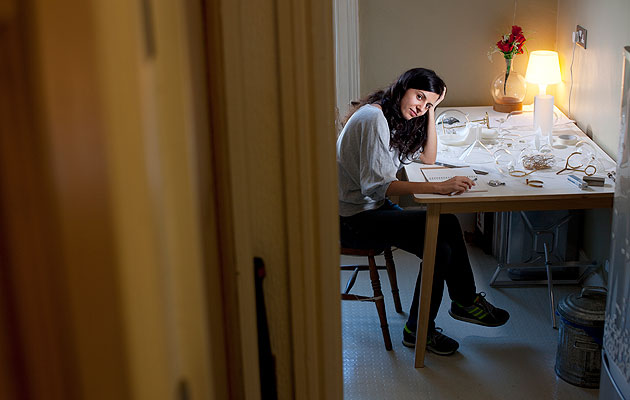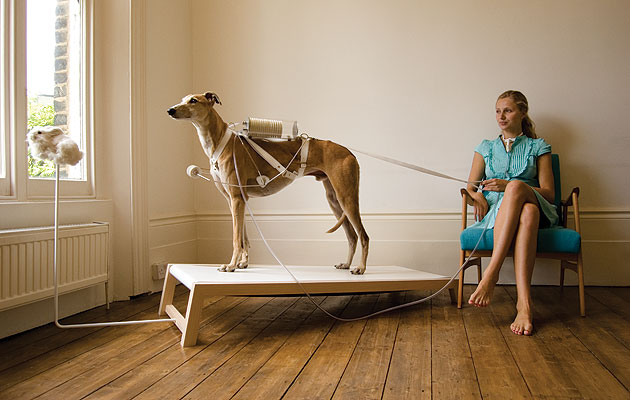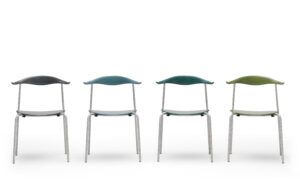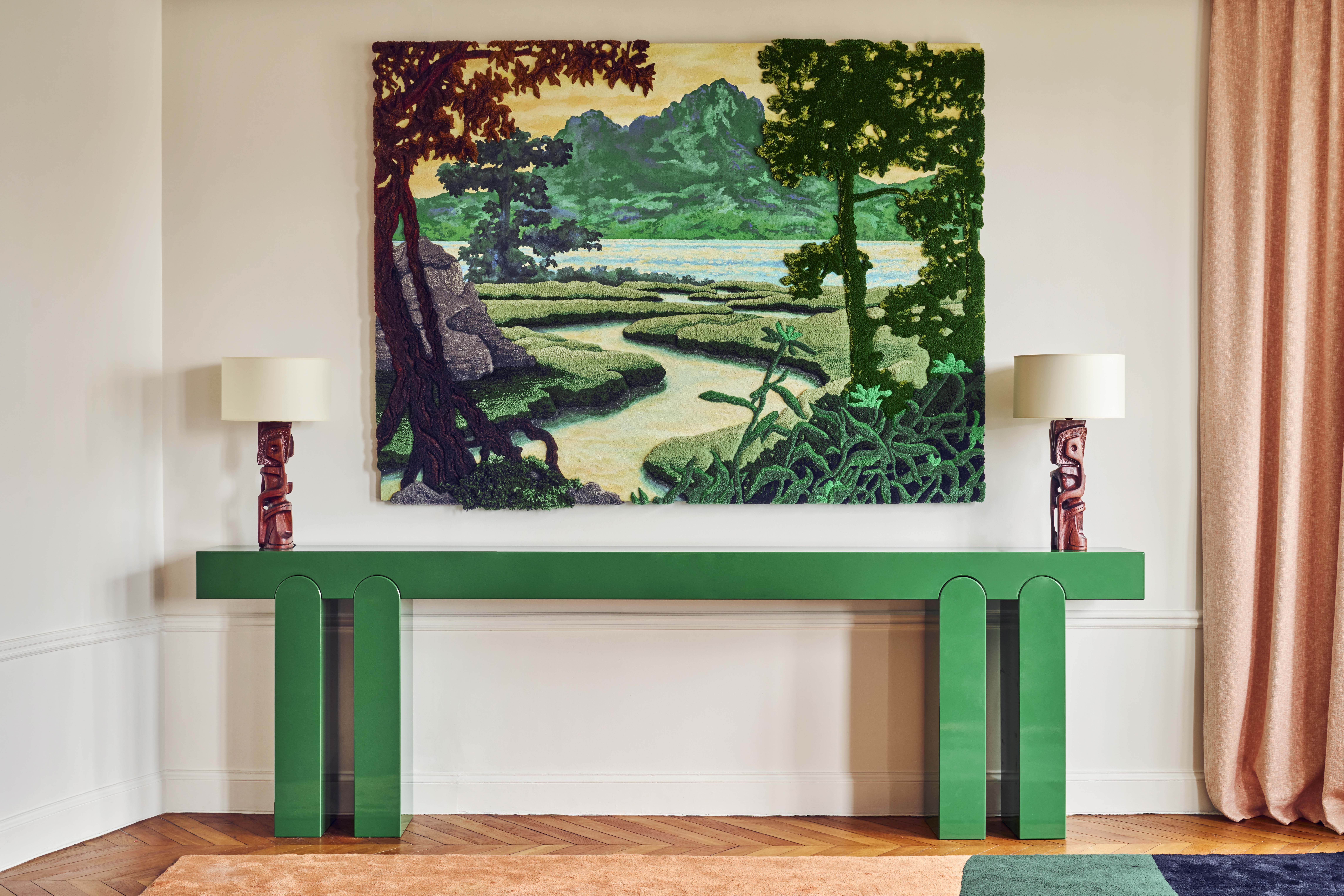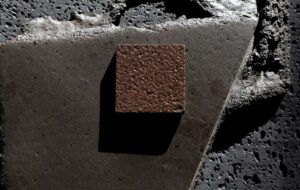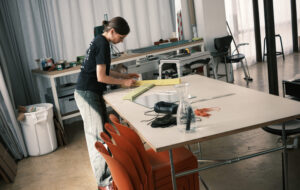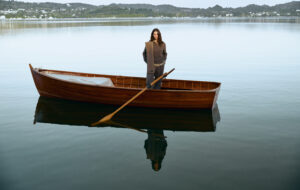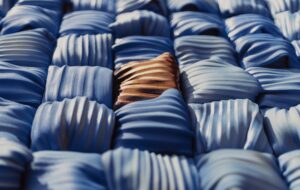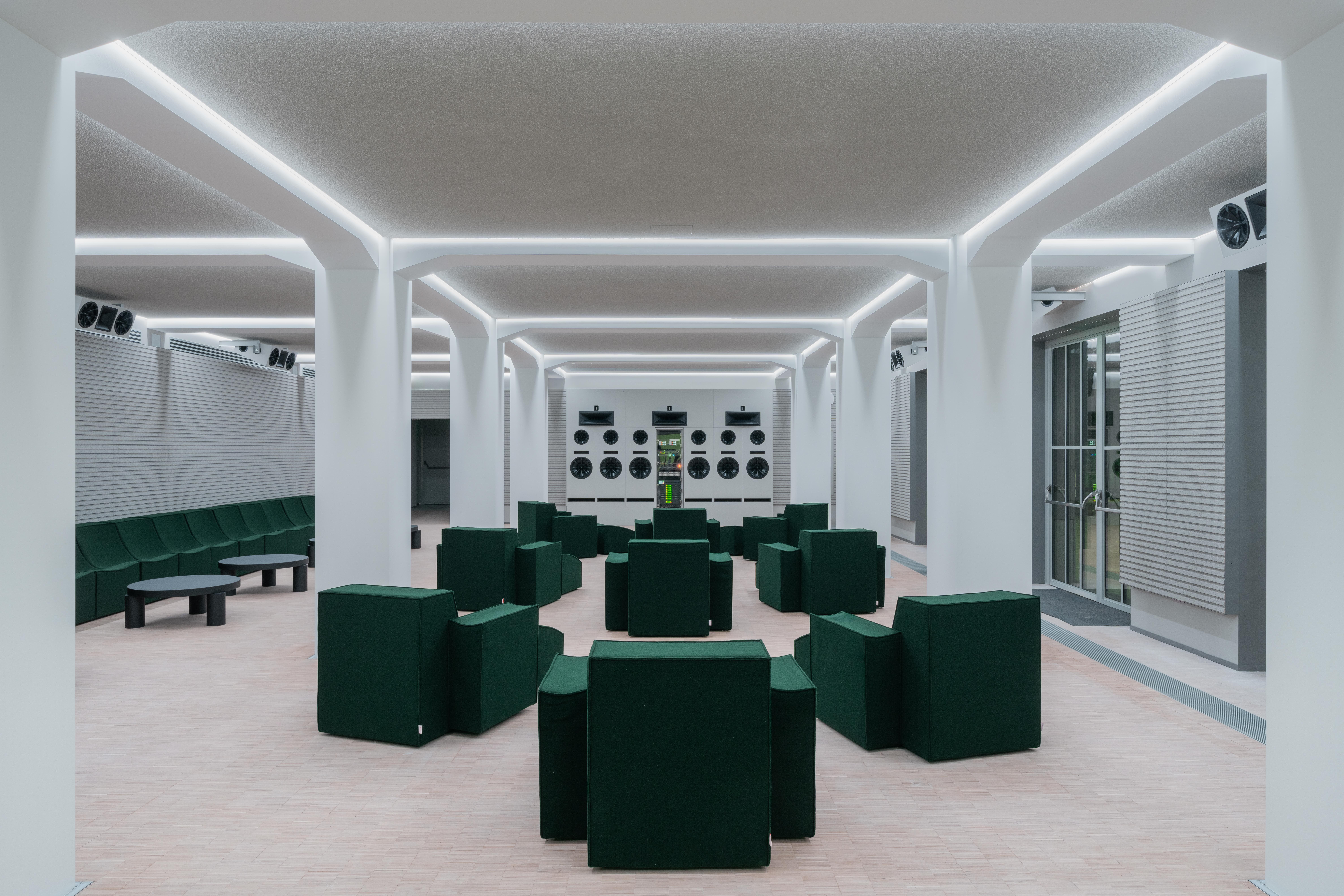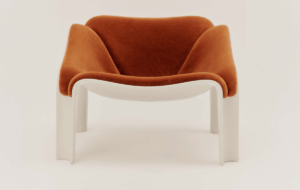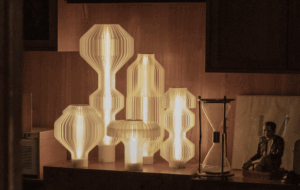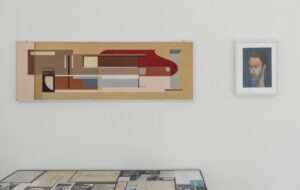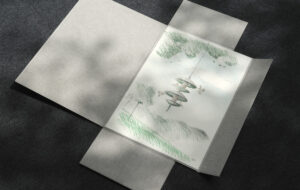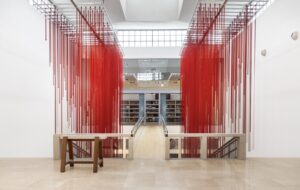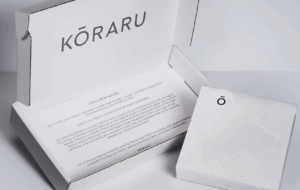|
|
||
|
“Some people get really picky over the details,” Revital Cohen giggles. “One woman asked me: ‘What if you get up at night to go to the toilet? You’ll trip over the sheep and you’ll fall.'” The recent Royal College of Art Interaction Design graduate is talking about her Dialysis Sheep: a project that uses a specially bred lamb as a dialysis machine, based on work by scientists who genetically modified sheep to have human blood. The concept sounds far-fetched – but meticulously calculated, scientifically sound and presented with working designs, it is entirely feasible. So much so that some forget it is an object for discussion and move straight to the mundanities. A disciple of interaction designers Dunne & Raby’s “critical design”, Cohen belongs to a new breed of designers using scientific research to design potential future scenarios. By responding to the research with working products, she makes complicated situations tangible so we can look at this future critically – and decide if we want it. What marks out Cohen’s work is how far she pushes her concepts, something that found her on icon’s list of 20 designers changing the way we think when she was just out of school. “She’s not just trying to make commentary for the sake of it,” says Dunne & Raby’s Tony Dunne. “Her work is not fiction, but it’s not fantasy either because she carefully positions her work so that it is feasible. You can figure out how it works – she’s using the language of design to start a debate.”
Take the Respiratory Dog, a retired racing greyhound that gets a second life as a respiratory device. The designer collaborated with an engineer to build a working harness that uses the dog’s rapid breath rate to pump a bellows and push air into a patient’s lungs. It’s uncomfortable to look at, but dig a little and you find yourself questioning the life-support resources we have now. “I went to meet people on life-support machines, to see how they feel about their symbiosis with technology,” says Cohen. “I was talking to a lady who started crying – and the machine beeped like crazy. All the nurses ran in and said: ‘Stop crying, you’re messing up the treatment.’ I thought: these machines are so evil. How come if you lose your eyesight you get a lovely guide dog? Maybe using animals could be nicer.” The dog is saved from a death sentence, so “they keep each other alive”, Cohen argues. “A lot of people get upset about the way I use animals in these projects, but they aren’t upset about eating them, or wearing them, or using them for medicine.” That said, Cohen takes no authority in her position: “It’s about bringing up things that I can’t answer. And I’m not saying my projects are a good thing to do – I would never stand by that, and I would never want anyone to try them.” Cohen’s work is deep in pioneering territory, but she says: “My lack of scientific understanding is one of the stronger points in my work. I think if I knew what was happening it wouldn’t leave me room to imagine.” She doesn’t see herself as a mouthpiece for scientific research. The science is just inspiration – “a tool to tell the story and take it to far and exciting places,” she says. In fact, she sees herself very much as a designer, and the skills from her BA in furniture design continue to be a big part of her design process. “I still obey the rules – form follows function. Sometimes it can be difficult to find a reference point of sorts, and I have to completely dissect the object to all its functions, but my ideas become 3D very quickly.” Cohen uses familiar forms and typologies to build her objects – harnesses, glass bowls and running machines. She sucks you into her world by lending it a sense of the ordinary. There’s also an element of theatre: once the object is built she uses photography and film to place normal people at the heart of her fantastical scenarios. Her Electrocyte Appendix, for example, is based on the development of artificial cells that mimic an electric eel’s, and can be implanted into the human body (the scientists were thinking about pacemakers, but Cohen poetically replaces the redundant appendix with an electricity-generating organ). It’s an unfeasible idea, but there’s a logic to the film that narrates it: a man is sitting down, and two wires connected to electric stubs emerging from his Electrocyte Appendix lead to a hand-held light. He’s reading a book, the light is a bit shaky and he has to put it down to turn a page. Later, he’s working through a plate of sugary meringues to generate enough electricity to keep his Apple Mac on. There’s something human and imperfect about the scene. And in a sense it’s believable, because “we’re already glued to these things,” Cohen says, pointing to her laptop. “I was looking into this Japanese Hikikomori epidemic where people never leave their home – they shop online, work online, their relationships are online. Maybe we’ve become like a different species, maybe our biology needs to adapt to these new worlds – is it a frightening world?” Cohen looks at the film, running on a loop. “Yes and no.”
|
Image David Levene
Words Anna Bates |
|
|
||
|
|
||

